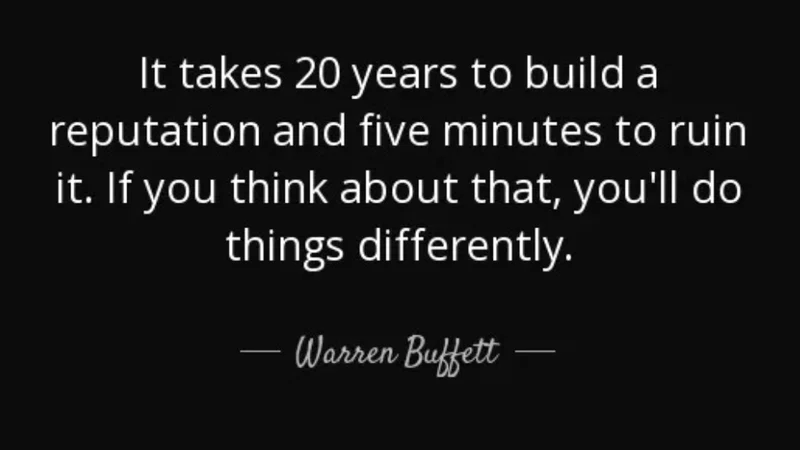It’s been almost two years since the first outbreak of COVID-19 in Wuhan. Insurance organisations could never have predicted the rippling impact it would have, but as the industry recovers and as we propel into 2022, digital adoption is no longer an option but a forgone conclusion. In fact, earlier this year ISG reported that 90% of insurers expect digital transformation to accelerate in the sector.
Change is being driven by consumer demand, whether it’s for digital services, convenience or sustainable offerings. In reaction to this, insurers will need to explore a wealth of different avenues next year to competitively provide and offer the right services and products.
According to Krista Griggs, Head of Financial Services and Insurance at Fujitsu UK and Ireland:
“We were all served a stark reminder of Covid-19 when the Omicron variant spread around the world. For many it was a cause for concern and fear that restrictions would immeasurably disrupt business. For those that holistically adopted technology, it was a reminder that the only guarantee in the insurance sector is change. If anything, 2021 confirmed to legacy organisations that technology isn’t to be feared but can be a solution in many cases to providing a quick, seamless and reliable service. And even during the most challenging lockdown periods, the insurance sector proved that it could adjust quickly and efficiently to adopt cloud platforms, AI, data & analytics and other sophisticated technologies.
“Now as we enter 2022 – a year earmarked by JP Morgan as the year of recovery – more traditional insurance companies are increasingly offering digital solutions, coupled with the rapid emergence of insurtechs in the market. This growth of technology calls for even more innovation and talent to meet a wealth of consumer needs, and ultimately, gain a competitive edge.”
In the face of major disruption and innovation, Krista Griggs shares her top five predictions for the coming year in the insurance sector.
Insurance will be called upon to navigate climate change
It’s not just large financial services institutions that have a role to play when it comes to environmental, social and governance (ESG) concerns. Insurers, too, have a responsibility to ensure it protects the earth. Generation Z has already demonstrated loud and clear that they are increasingly prepared to avoid unsustainable brands, and in many cases they are willing to pay a premium for sustainable services; what’s more, the reputational damage of not addressing sustainability is now too great to ignore.
It’s entirely feasible that carbon will become a tradeable commodity and insurance companies must prepare themselves for this shift. Implementing sustainability-related disclosures, standards and creating a carbon-neutral business model is a start, but insurers can go further. They will be increasingly looked upon when it comes to helping businesses, individuals and even specific regions navigate climate change.
What we’ll begin to see more of in 2022 – following the rise of natural disasters, such as floods and forest fires – will be an increasing response from insurers to predict and prevent. Insurers have a plethora of data available that they can use to spot trends. When collaborating in the insurance ecosystem, the industry can use real-time data to help protect the earth's valuable resources.
This could lead to more investment in technologies such as earth observability and drones to identify potential imminent losses, as well as provide alerts to limit and even prevent losses from occurring in the first place. Not only that, it allows for much better collaboration with governments, helping to further access climate change’s impacts.
Entering the final frontier: space
Imagine a world where insurers provide services in space. The development and expansion within the space sector – whether it’s Amazon sending citizens into space or our work to find solutions for Space Debris – has the potential to create an entirely new market. For example, insurance and reinsurance company Ascot Group recently launched a space practice.
Pre-launch, launch, commissioning and early orbit, in-orbit operations and third party liability insurance already exists, although rare. But as space tourism full orbits and humans go beyond earth’s atmosphere, more insurers will begin to compete and establish new offerings in order to meet these new demands.
The space industry is specialised, technical and risky. It’s here where 5G, IoT, quantum-inspired optimisation services, and again earth observability and drone imagery, could play an essential role in advancing the industry into space.
A call for new digital services
Throughout the many lockdowns and subsequent restrictions, and despite businesses incurring serious losses, there has been reduced loss in particular for consumers. As a result, we saw a wave of consumers question their policies. For instance, why should car insurance cost the same when the commute has reduced significantly and there are fewer drivers on the road.
Now, customers know that they don’t necessarily need to pay a yearly premium. So what happened? We are seeing drivers seek out Pay as You Drive (PYD) services with almost 76% of drivers saying they would prefer to have connected services included in their next vehicle.
This trend where consumers demand new services is not just happening across car insurance. Consumers have been greeted with many innovative solutions driven by technology, whether it be more chatbots in health insurance or the rise of one-stop-shop insurance apps. In 2022, insurers will be exploring how to further digitise their services to respond to consumers new demands
A direct impact of this will make pressure on insurance margins very tight. It’s key that insurers make this jump – a similar evolution happened 10 years ago in banking because of neo/challenger banks. Alleviating this pressure will rely on moving to the cloud, thus removing legacy debt and siloed estates. What’s more, it will be this cloud foundation that supports a digital ecosystem to quicker and easier deliver and respond to customer demands.
Diversity has long been pushed aside - it's must now be centre stage
Most employees want more satisfaction from their job than money. From both a consumer and talent perspective, insurers will deliberately consider how to deliver social change and become more purpose-led.
In order to react to this social change, insurers need to respond and innovate rapidly. It’s common knowledge that a wider, more diverse talent pool can lead to increased innovation and creativity, but the Great Resignation means retaining good talent has become harder.
Understanding how to deliver services to your customer base requires insurers to have accurate representation of people from all walks of society. This has long been a challenge that isn’t restricted to the insurance sector alone given women represent the largest buying power in society. For instance, we’ve seen senior female role models, like NatWest’s Alison Rose, lead customer focussed market transformation. Now, insurance must follow suit. It will be these diverse thoughts and perspectives that deliver innovation.
Ultimately, pushing for a fairer gender balance in 2022 will be a focus in insurance, but so must diversity as a whole. Insurers will need access to diverse talent, especially if they are to provide new services for a growing customer base that extends beyond providing the cheapest deal.
Ethical and explainable AI comes under the spotlight
Finally, with the proliferation of data in the industry, AI will become a mainstream capability to deliver personalised services. The scope of AI in the insurance industry is broadening and diversifying. Insurers use it in a wide range of business streams, from pricing to risk calculations and fraud detection to personalised offerings.
Yet pressure mounts to provide ethical AI. In December, the UK government’s Centre for Data Ethics and Innovation (CDEI) published a roadmap setting out the steps required to build a world-leading AI assurance ecosystem. Therefore, when developing these digital services, it’s essential that insurers decisions can be explainable.
Unconscious bias will creep into AI if the algorithms are set up by a narrow group of people. It’s here that a lack of diversity among data scientists, i.e. the experts that develop and test these AI systems, can reinforce further unconscious bias. In order to retain trust in the services and insurers, 2022 will be about consciously building solutions that proactively look out for these biases and prevent them from manifesting.













